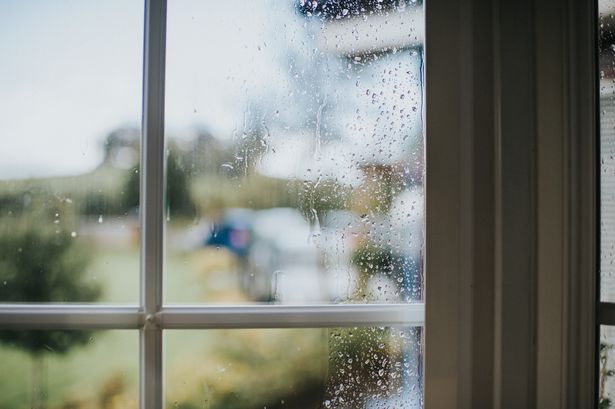The infiltration of cold air through gaps and cracks around windows and doors can significantly compromise the comfort and energy efficiency of a home during the winter months. This unwelcome draft not only creates chilly, uncomfortable living spaces but also forces heating systems to work harder, leading to increased energy consumption and higher utility bills. Fortunately, addressing this issue doesn’t necessarily require expensive renovations or professional intervention. A range of simple and cost-effective solutions, readily available at most hardware stores, can effectively seal these air leaks and prevent cold drafts, restoring warmth and comfort while also saving money. Understanding the common sources of air leaks and the appropriate sealing methods can empower homeowners to tackle this problem efficiently and effectively.
One of the most common culprits for cold drafts is weatherstripping, a material designed to seal the gaps between moving parts of windows and doors. Over time, weatherstripping can become worn, brittle, or compressed, losing its effectiveness and allowing cold air to seep through. Inspecting the weatherstripping around windows and doors is a crucial first step in identifying air leaks. Look for signs of damage, such as cracks, tears, or missing sections. Also, check for gaps between the weatherstripping and the window or door frame. Replacing worn or damaged weatherstripping is a relatively straightforward DIY project that can significantly reduce drafts. Various types of weatherstripping are available, including adhesive-backed foam tape, felt, vinyl, and metal strips. Choosing the right type depends on the size and shape of the gap, as well as the type of window or door.
Another common source of air leaks is gaps around window and door frames. These gaps can occur due to settling of the house, warping of the frame, or simply inadequate sealing during construction. Caulking is an effective solution for sealing these gaps and preventing air infiltration. Caulk is a flexible sealant that can be applied to fill cracks and gaps around windows and doors, creating an airtight barrier. Before applying caulk, ensure the surface is clean and dry. Use a caulking gun to apply a consistent bead of caulk along the gap, then smooth it with a wet finger or a caulking tool. Allow the caulk to dry completely before painting or staining. Choosing the right type of caulk is essential for optimal performance. Look for a caulk specifically designed for exterior use and that is paintable and weather-resistant.
In addition to weatherstripping and caulking, other simple solutions can help further reduce drafts. Draft stoppers, placed at the base of doors, can effectively block cold air from entering underneath. These can be purchased ready-made or easily crafted using fabric and filling materials like rice or sand. Window insulation film, a thin plastic sheet applied to the inside of windows, creates an additional barrier against cold air and can significantly improve window insulation. Heavy curtains or drapes can also help insulate windows, reducing heat loss and preventing drafts. Closing off unused rooms can also minimize drafts and reduce the strain on the heating system.
Beyond these immediate fixes, homeowners can consider more long-term solutions for improving energy efficiency and reducing drafts. Replacing old, single-pane windows with double or triple-pane windows can dramatically improve insulation and reduce energy costs. Similarly, upgrading to energy-efficient doors with proper sealing can significantly minimize drafts and improve overall comfort. Regular maintenance, such as checking and replacing weatherstripping annually, is also crucial for preventing drafts and maintaining energy efficiency.
By addressing these common sources of air leaks and implementing these simple and cost-effective solutions, homeowners can create a warmer, more comfortable living environment while also reducing energy consumption and saving money. Regularly inspecting windows and doors for signs of air leaks and addressing them promptly can prevent small problems from becoming larger, more costly issues. By taking proactive steps to seal air leaks, homeowners can enjoy a cozy and energy-efficient home throughout the winter months.














